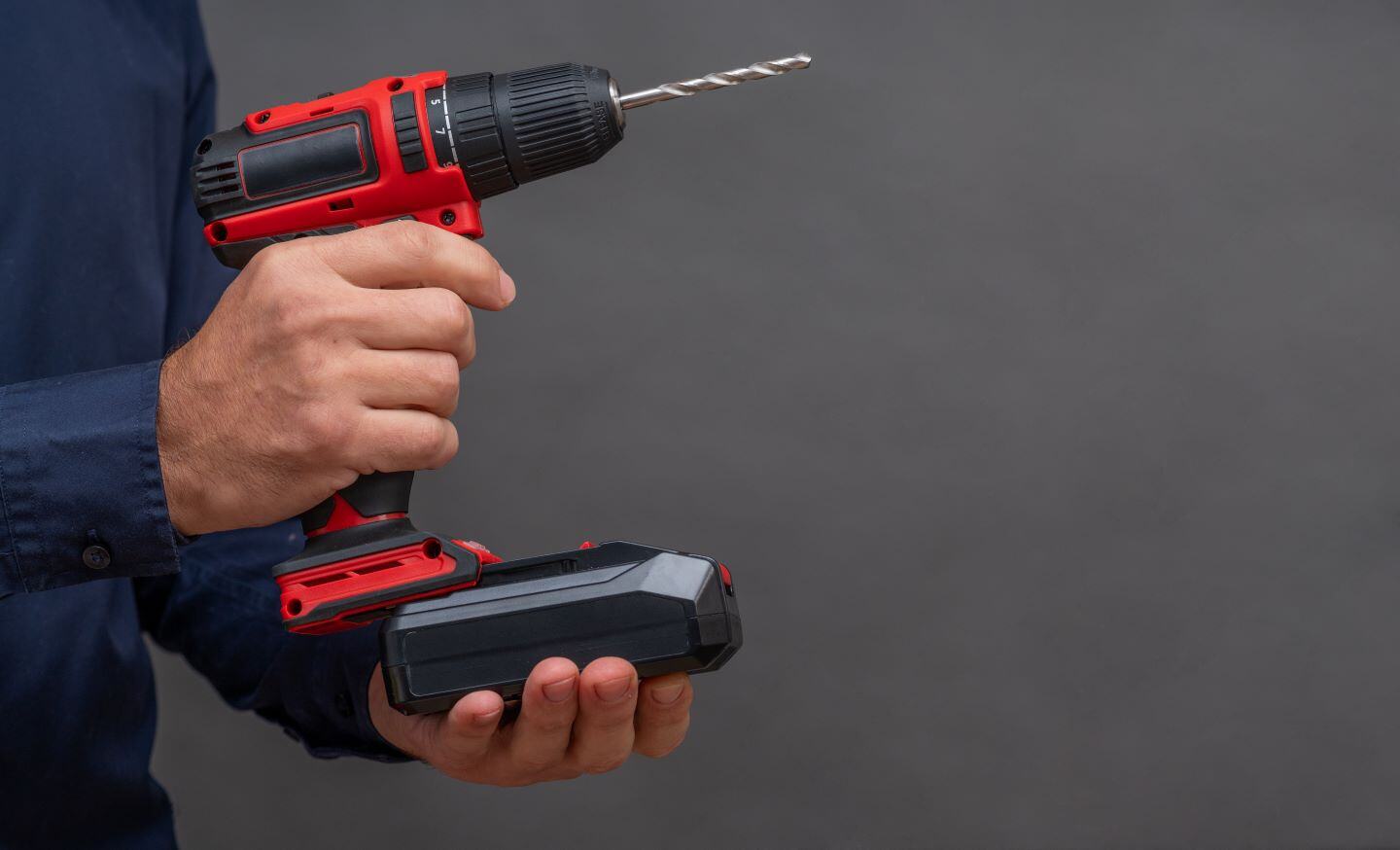Lithium-Ion Battery Safety
Lithium-ion batteries are widely used in everyday devices like power tools, smartphones, laptops, toys, tablets, and cameras. While they offer great performance, it's important to handle them safely to avoid potential hazards. Today, let’s discuss important guidelines for safe use, charging, and storage.
What are Lithium-Ion Batteries?
Lithium-ion batteries are commonly used in rechargeable items and are generally safe. However, they do pose certain dangers. In comparison to other batteries, they can often be more volatile.
Improper use or storage may lead to various risks. These can include:
- Overheating
- Leakage
- Fire or explosion
- Electrical shock
Charging Lithium-Ion Batteries Safely
Charging lithium-ion batteries can be hazardous if proper safety measures are not followed. Here are the best practices for safely charging your batteries:
- Follow instructions: Always use the manufacturer-approved charger and adhere to their guidelines for charging times and procedures
- Use certified chargers: Ensure that your charging device has a recognized Canadian certification mark (CSA, cUL, or cETL). Avoid uncertified chargers as they can increase the risk of fire, electrical shock, or explosion.
- Don’t overcharge: Some chargers have built-in cycle power to prevent overcharging but always make sure to follow the recommended charging time. Overcharging can cause the battery to overheat and potentially explode.
- Ensure proper conditions:
-
- Only charge when the battery is at room temperature.
- Avoid charging in freezing temperatures (unless permitted by the manufacturer).
- Never charge batteries on soft surfaces, as they can trap heat and cause the battery to overheat.
- Inspect for damage: Never charge a damaged or defective battery, as this can lead to dangerous outcomes, such as fire or explosion.
- Ventilate the area: Always charge batteries in well-ventilated areas.
Thermal Runaway: A Common Hazard
A main hazard associated with lithium-ion batteries is called thermal runaway. This occurs when a battery is defective, damaged, or improperly operated, causing overheating and triggering a chemical reaction. During thermal runaway, the battery’s internal temperature rises uncontrollably, which can lead to release of toxic and flammable gases and risk of fire or explosion. To minimize the risk of thermal runaway always follow the manufacturer’s charging instructions, only use certified chargers and always make sure batteries are in good condition prior to charging.
Safe Storage
It is important to ensure you properly store your lithium-ion batteries.
Follow these steps:
- Store with approximately 50% charge when not using for an extended time. Check every three months to ensure they remain charged at 50%.
- Keep at temperatures between 5 and 20°C, and in low humidity.
- Store away from other types of batteries and flammable/explosive materials
- Don’t stack heavy items on top of boxes containing lithium-ion batteries.
Remember! Batteries should never be thrown into household garbage. In Edmonton, they can be safely discarded of at an Eco Station. Check your local area for appropriate disposal.
By following proper storage and charging procedures, inspecting your batteries regularly, and understanding the risks, you can ensure that your batteries are both safe and efficient to use. Stay safe and charge your batteries responsibly!

